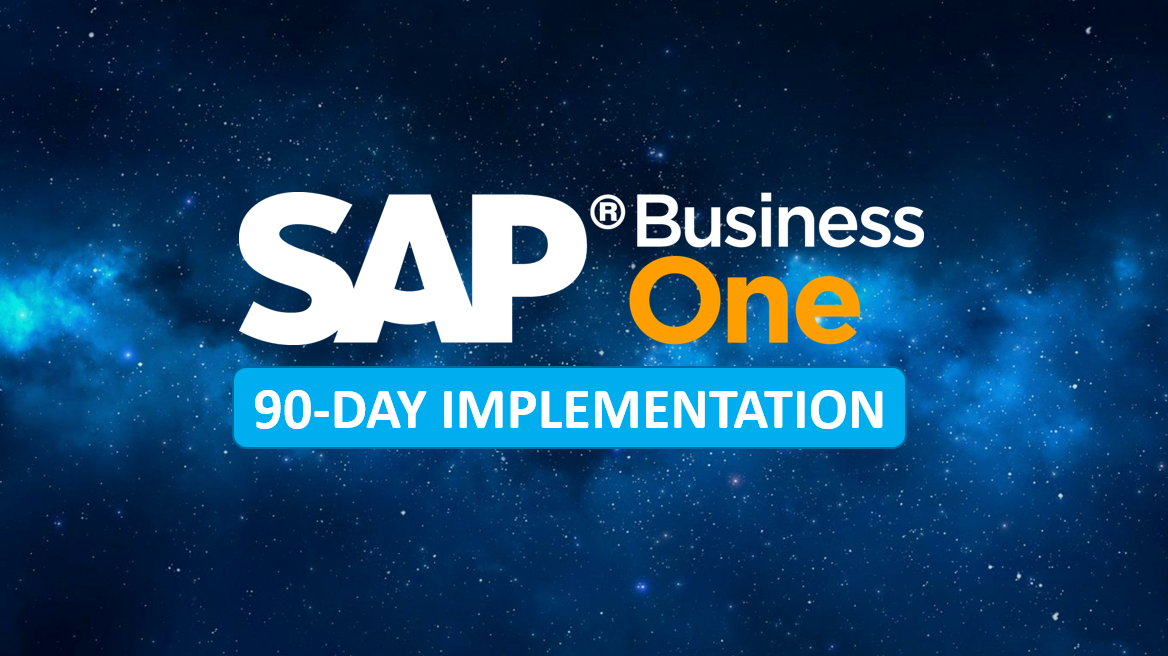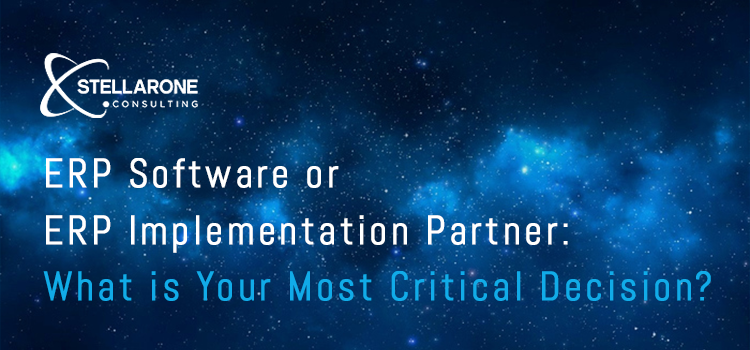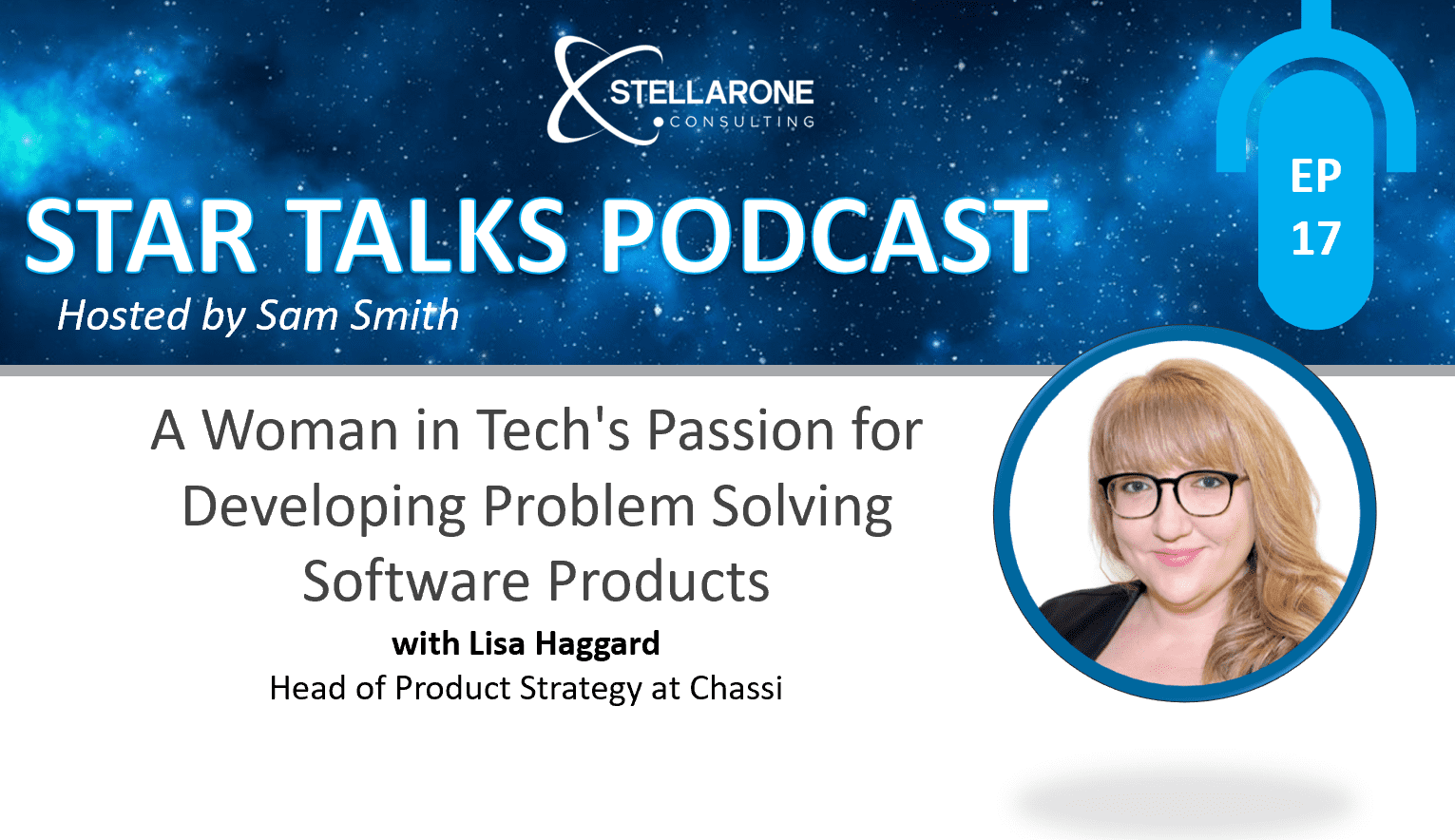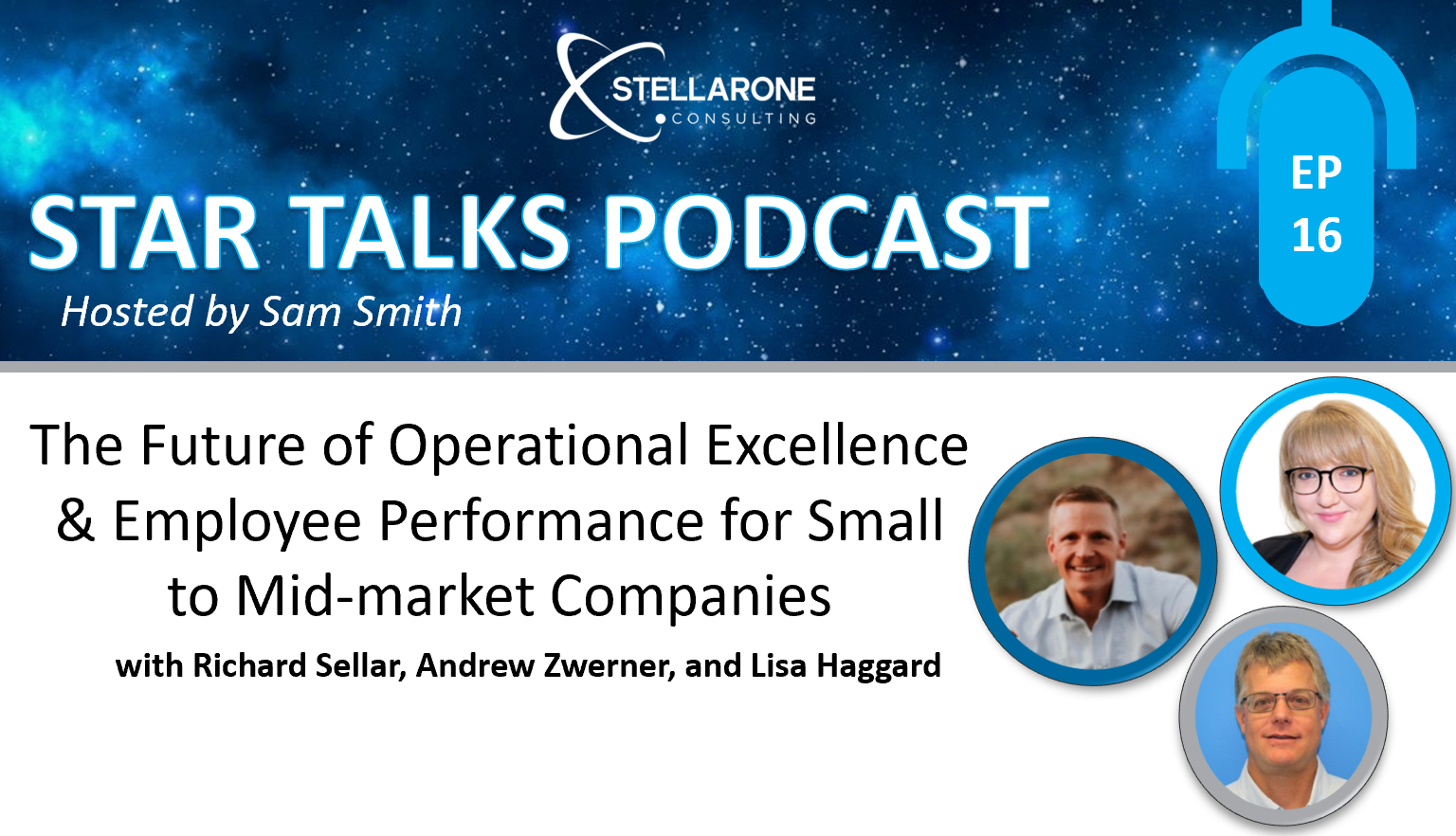If you run a small to midsized manufacturing or distribution business, you and your colleagues wear many hats to achieve success; as you start to grow, however, you’ll need to hire more specialized staff to focus on specific functions. While this will help your growth, it has the downside of making effective communication challenging – more people equals difficulty sharing information across departments and could make you slower to respond to competitors and changing market conditions.
What’s the impact of lost communication? Here are a few examples:
- Sales won a huge deal, but manufacturing planning and purchasing don’t react in time to fill it
- Purchasing and manufacturing do react in time but push all other orders back, leaving the customer support team to deal with customers whose orders got delayed
- Competitors run a promotion you’d like to match, but you lack the operational visibility to know if it’s possible.
These common scenarios underscore the impact of losing interconnectedness as your business grows.
Growing but Staying a Tight-knit Team
 By implementing a modern ERP system designed for the small to mid-market businesses, you can ensure communication while laying the groundwork for growth.
By implementing a modern ERP system designed for the small to mid-market businesses, you can ensure communication while laying the groundwork for growth.
If you considered an ERP in the past but felt the process would be too disruptive, we have good news: modern ERP systems are easier than ever to implement and use. In fact, you don’t have to do everything during the first phase of your implementation anymore; instead, you can implement critical business processes first and then adjust and add features as necessary.
The first processes small to mid-market businesses target with their ERP include:
- Accounting capabilities for scale: monthly book closing, recurring billing, divisional reporting, segmented P&Ls, etc.
- Supply chain management: sales-to-purchasing integration and direct supplier integration
- Sales-to-production planning integration
The areas you focus on depend on your key process differentiators. Automating the processes your company does best, for example, will give you a leg up on your competition.
Mitigating Disruption
When considering ERP as a possible disruption, many businesses fail to understand the daily disruptions they already face due to their lack of a modern system. When you’ve outgrown your accounting system, it takes weeks to get accurate financial information, for example, and by then it may be too late to use. Businesses also struggle with turning production, manufacturing, shipping, IT, etc. data into actionable information.
SAP Business One resolves these issues – and more. And when you choose Stellar One Consulting team to help with your implementation, you virtually eliminate disruptions.
Conclusion
According to the Aberdeen report To ERP or Not to ERP in the Midmarket, 89% of midmarket organizations without ERP indicate that they cannot track business processes and that “midmarket organizations with ERP are three and a half times more likely to be able to standardize procedures enterprise-wide for procurement, cash collection, and financial reconciliation.”
You need an ERP, and now is the time – at Stellar One Consulting, we’ll help you implement a modern ERP system, focusing on getting the features you need with as little disruption as possible. You’ll be more productive, profitable, and ready for success on greater scale.






